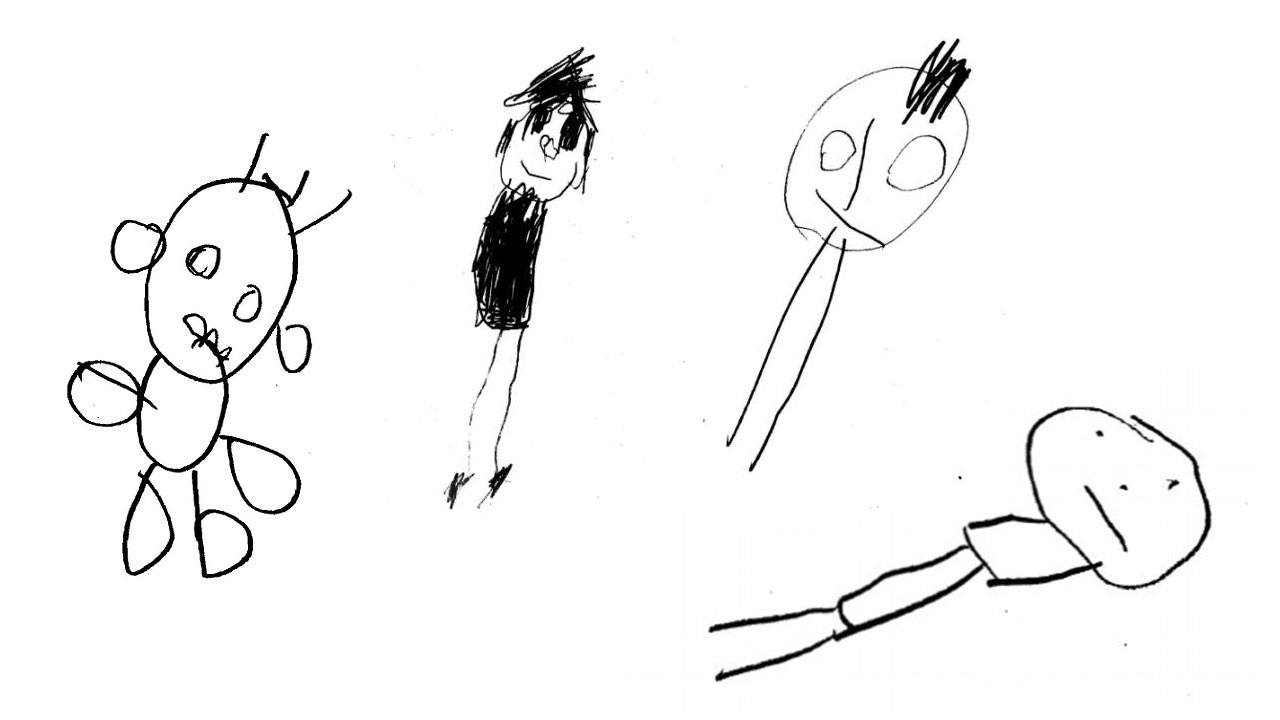Those deformed figures you drew as a small child may have slightly predicted your future intelligence, according to a new study from King’s College. For the experiment, researchers instructed 7,752 pairs of identical and fraternal twins to draw a child. They rated the drawings from 0 to 12. Drawings with more features like limbs and facial characteristics received a higher score. These children scored on verbal and nonverbal intelligence measurement tests.
When the kids turned 14, the researchers once again tested their intelligence. They found that a higher score on their drawing was moderately associated with the child’s intelligence both at age four and at age 14. The researchers expected to see a connection at age 4, but for the results to have consistency a decade later was surprising.
Dr. Rosalind Arden, who authored the study, told parents to not worry too much about their toddlers’ artistic ability. “The correlation is moderate, so our findings are interesting but it does not mean that parents should worry if their child draws badly,” she stated. “Drawing ability does not determine intelligence, there are countless factors, both genetic and environmental, which affect intelligence in later life.”
The study also found that identical twins’ drawings were more alike than those of fraternal twins, which suggests that a genetic link to drawing ability may exist. (Image: Psychological Science)


